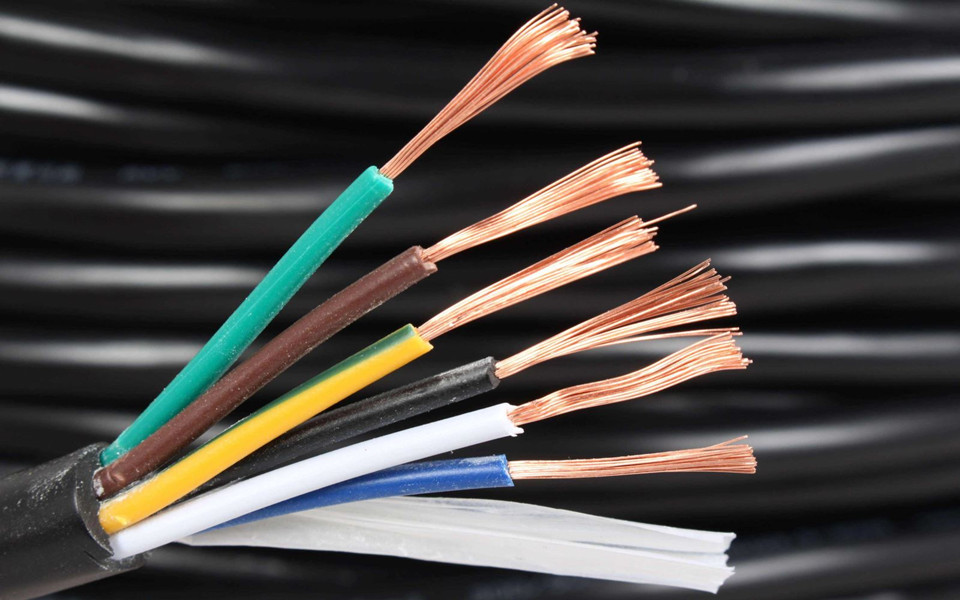
The insulating material of the cross-linked cable is XLPE, the base material of which is PE and the like, and the cross-linking process is formed by forming a linear mesh-structured polyethylene (PE) material through a specific processing method to form a bulk-type mesh-shaped branch structure.
The long-term allowable operating temperature is increased from 70 ° C to 90 ° C (or higher), and the short-circuit allowable temperature is increased from 140 ° C to 250 ° C (or higher), significantly improving the original excellent electrical performance.
There are many cross-linking methods for cross-linked cables.
Currently, cross-linking methods commonly used are peroxide chemical cross-linking (ie, DCP cross-linking), silane cross-linking, and irradiation cross-linking, in which silane cross-linking is divided according to materials.
Cross-linking for warm water cross-linking and water-free silane.
Regardless of the cross-linking method, the result of cross-linking is that the cross-linked cable heat extension meets the performance requirements of the national standard.
The DCP cross-linking production line adopts catenary or tower equipment.
The equipment and plant costs are high, and a large amount of water, electricity, gas, etc. need to be consumed, so the investment is large.
Because the production line is long, it is only suitable for the production of large-length cables.
The environment is highly demanding and requires a dedicated production workshop.
The silane cross-linking production line only needs ordinary extruders and heating devices (hot water tanks or steam chambers), has low investment, low environmental requirements, and is flexible in production for large-length or short-segment cables.
It can be manufactured according to customers' needs.
Irradiation cross-linking, radiation cross-linking is the use of a high-energy electron beam generated by an electron accelerator, bombarding the insulating layer and the sheath, breaking the linear molecular structure of the polyethylene (PE) material polymer chain, interrupting each breakpoint becomes a free radical.
The free radicals are unstable and recombined with each other.
After recombination, the original chain-like molecular structure becomes a three-dimensional network structure to form crosslinks.
In addition, the radiation dose applied during the irradiation cross-linking production process has a large safety margin from the damage dose.
The radiation damage dose of polyethylene is 1000KGY, and the processing dose is about 200KGY.
Combined with the special formulation improvement, it is still exposed to radiation in a fairly wide range, so the performance will be affected by radiation during long-term use.
Among the cross-linked cables, KYJV XLPE insulated control cables for Asian cables are not mentioned.
This cable is based on the best technology and R&D capability and can be developed and stabilized by wire materials.
Excellent performance: almost completely maintain the high electrical properties inherent in polyethylene, high breakdown strength, large insulation resistance, low dielectric constant, low dielectric loss, and no metal sheath for cables, so the cable length per unit length is light and easy to lay.
It has a high heat resistance and aging resistance, low dielectric loss, and allows a working temperature of 90 °C.
Therefore, the transmission capacity can be greatly improved.
It is suitable for the vertical, high drop, and vibration place laying.
The cable has good insulation performance and is waterproof.
Corrosion resistance and pressure resistance.
The use of halogen-free flame retardant material improves the flame retardant performance of the cable, reduces the smoke concentration and harmful gas escape during combustion, and improves the safety and reliability of the line.